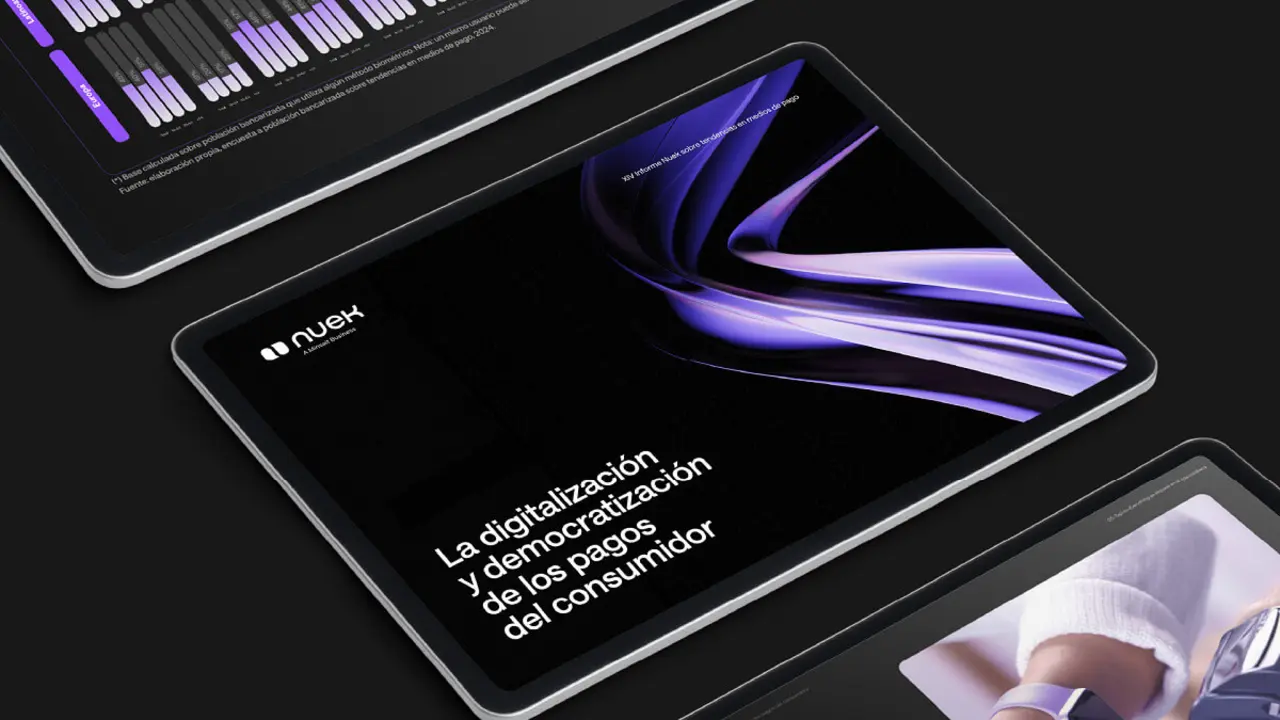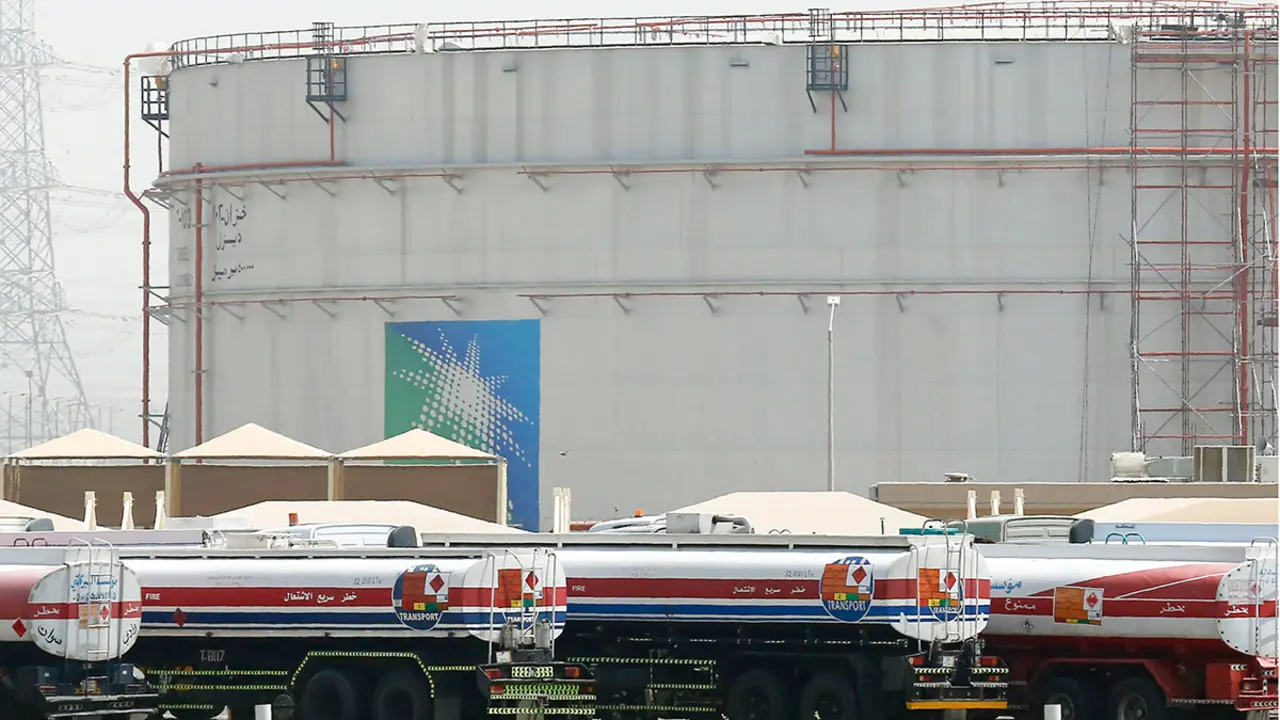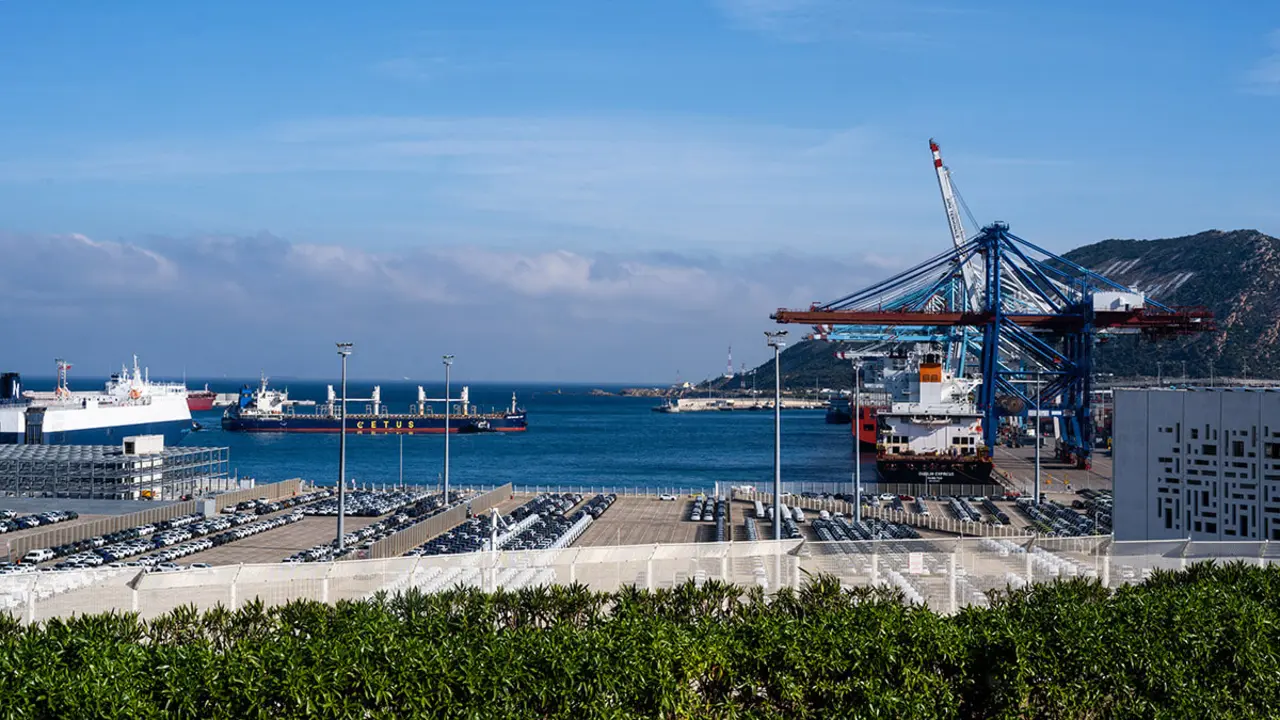New EU emissions regulations ‘force’ Maersk to dispense with port call in Algeciras port
The route of the shipping company that links India with the East Coast of the United States will call at the Moroccan port of Tangier Med

The Danish company Maersk, one of the world's leading merchant shipping companies, has decided to dispense with the call at the Port of Algeciras that its MECL service, which links India with the Atlantic coast of the United States, used to make.
Instead, Maersk ships will call at the Moroccan port of Tangier Med, one of the most thriving ports in the Mediterranean, which has been ranked third in the world ranking of port performance in 2024, prepared by the United Nations Conference on Trade and Development, with 159.6 points.
New route
According to the shipping company's website, ‘to improve products from India to North America, the MECL service will add a call at Mundra, India, and at the same time, will stop calling at Algeciras on the westbound voyage’.
The change in the route will, according to Maersk, reduce by an average of five days the journey between India, Pakistan and the Middle East, and the East Coast of the United States.
The new route will be configured as follows: Jebel Ali (United Arab Emirates) - Mundra - Pipavav - Nhava Sheva (all three in India) - Salalah (Oman) - Newark - Charleston - Savannah - Houston - Norfolk - Newark (United States) - Tangier Med (Morocco) - Salalah.
Maersk has also confirmed that the first vessel to sail on this new route will be the Maersk Atlanta 509W, which will depart from the Indian port of Mundra on 24 February.
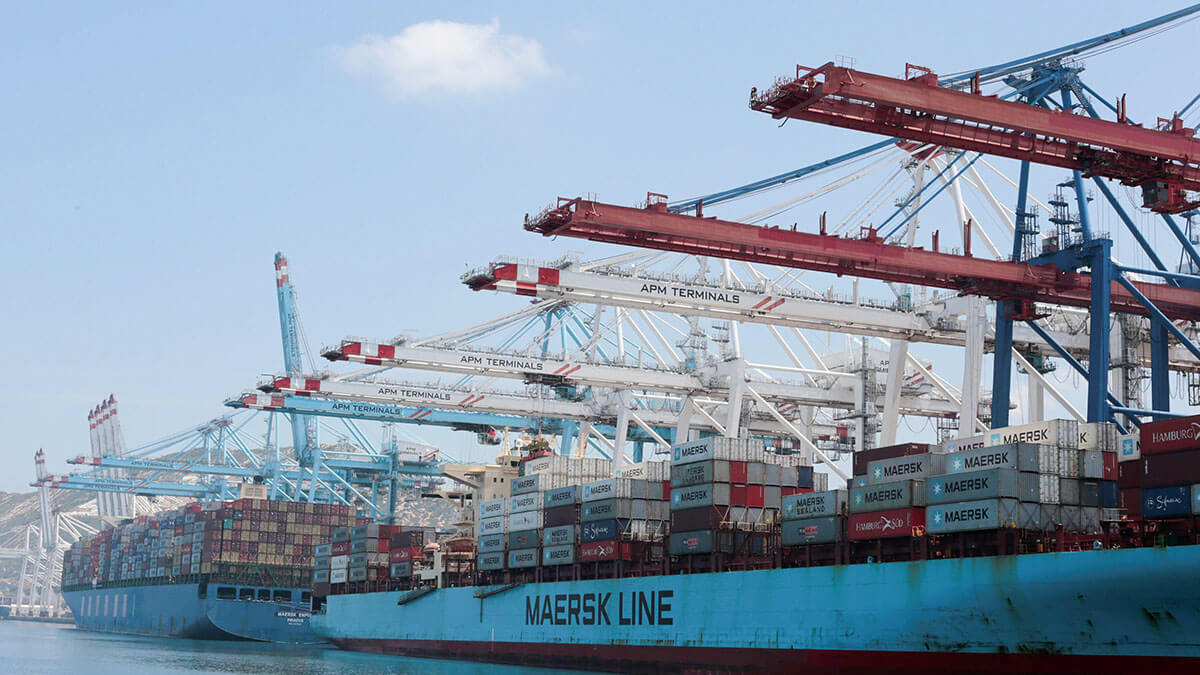
Cost overruns
The new route will not touch any European port, which suggests that Maersk's objective in opting for the Tangier Med call is to avoid the costs arising from the European Union's new Emissions Trading Scheme (EU ETS).
This new system controls CO2 emissions from maritime transport in the European Union and will oblige all ships calling at European ports to pay emission allowances.
According to an estimate by the consultancy IRP Engineering, this cost is around 160,000 euros per ship, which is added to the other fees they have to pay for each port call. This increase in costs is forcing shipping companies to pass these costs on to their customers.
In fact, some voices have already been raised criticising the European emissions regulations, which mean a huge competitive disadvantage for ports such as Algeciras, to the benefit of others located outside the European Union territory, such as Tangier Med.
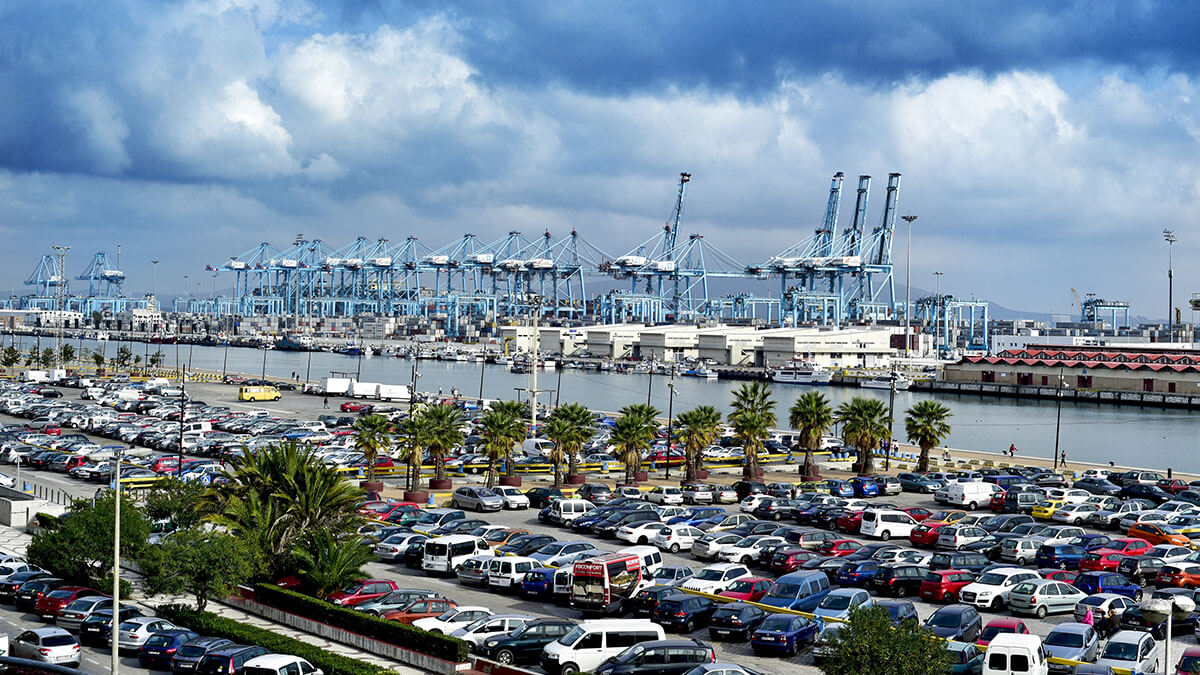
In 2023, some smaller shipping lines have opted to dispense with their calls in EU ports, to the benefit of other British ports such as London or Southampton.
At the beginning of last December, the Spanish Minister of Transport, Óscar Puente, already warned, in a meeting with his EU counterparts, of this competitive disadvantage and asked the European Commission for a revision of the ETS to avoid European ports being disadvantaged.
Algeciras and Tangier Med
The emergence of the Moroccan port of Tangier Med in international maritime trade has been dazzling: in a few years it has managed to position itself as the leading port in the Mediterranean and the third in the world, thanks to world class infrastructures and a privileged geographical situation.
Moreover, the Yemeni Houthi offensive on maritime traffic in the Red Sea is a favourable factor for the ports located on the African continent, as part of the routes that used to pass through the Suez Canal have now been diverted towards southern Africa, via the Cape of Good Hope, and run along the coast of West Africa before reaching Europe.
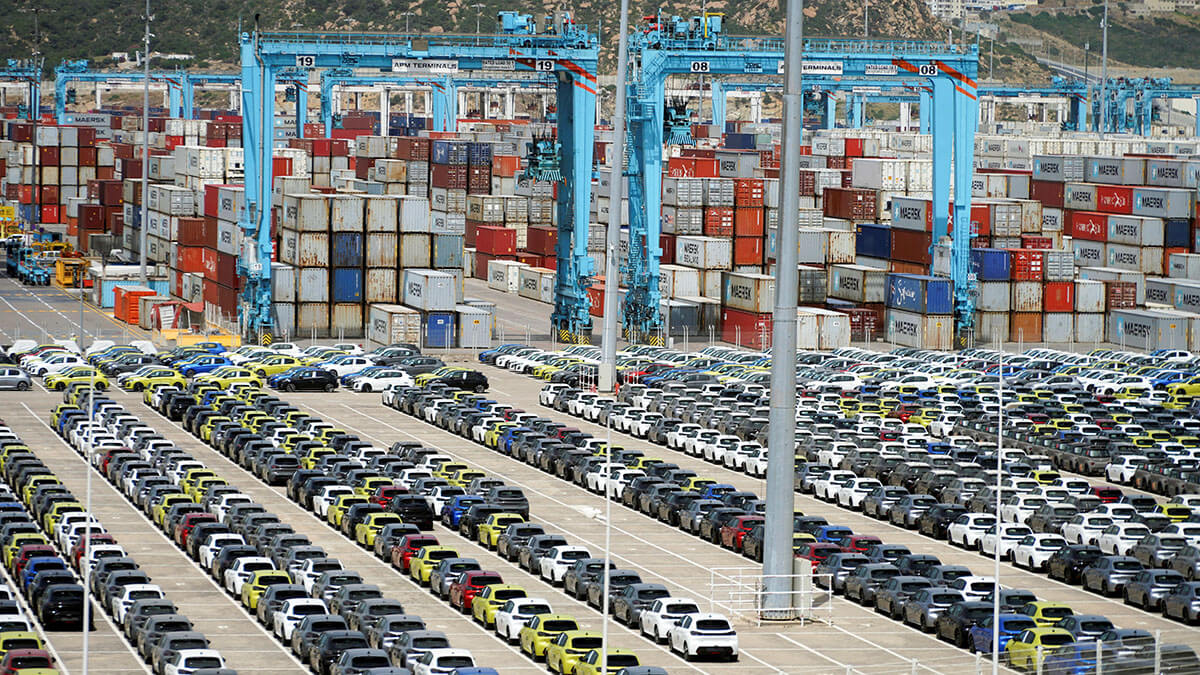
In any case, the activity of Tangier Med has multiplied exponentially in recent years. To give an idea of the size of the Moroccan port, its figures for 2023 (last full financial year published) reveal a container traffic of 8.6 million; 2.7 million passengers; 578,446 passenger vehicles; 477,993 industrial vehicles; 16,900 vessels berthed; and a total tonnage of 122 million tonnes.
In contrast, the Spanish port of Algeciras recorded between January and November 2024 a traffic of 4.38 million containers (TEUS); 5.5 million passengers; 1.2 million passenger vehicles; 462,000 commercial vehicles; 29,071 vessels; and a total tonnage of 95.6 million tonnes.
The president of the Port Authority of Algeciras, Gerardo Landaluce, is expected to make a statement on the impact of the European legislation on emissions and Maersk's decision in his appearance before the press on 16 January, to present the activity figures for 2024.

